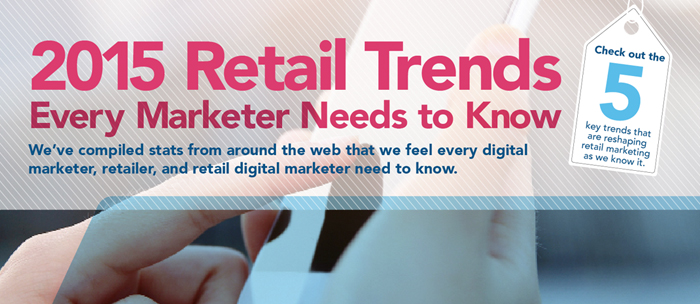Programmatic has evolved immensely in the last two years. Today’s programmatic media buying has transformed from a vast and wild frontier to a more controlled, mature environment. According to AdExchanger’s recent State of Programmatic Media report, overall spend has greatly increased and marketers are strategizing more about how to efficiently spend their media dollars in channels like video, mobile, and even television. While programmatic has shifted how advertising budgets are spent, one question remains the same: how can we help clients successfully navigate “self-serve” media?
With a larger share of wallet going to digital, brands are also demanding a higher viewability metric and expect – believe it or not – an actual human to see their ads. In fact, some advertisers and agencies won’t stand for anything less than 100% viewability, and are increasingly using the buzzword as a currency when shopping vendors.
The issue of fraud is also igniting conversations; groups like the Trustworthy Accountability Group (TAG) are forming to combat the controversial and critical issue that is fraud. One of the simplest ways to support clients is to give them the peace of mind that the inventory they’re purchasing is both free of fraud and delivered in-view.
How are we expected to guarantee these metrics? Prior to developing the 33Across high-impact ad units, we noticed a growing KPI trend from our direct clients; they wanted more insight into campaign viewability, not to mention how we controlled fraud from our end. We took a step back and identified what needed to be done to create an efficient form of advertising. The first was to create high impact units that cured banner blindness. We created units that slide in from the left and remain in view for as long as the page is open. The second was to communicate to our network of publishers and put several checkpoints in place to police fraudulent activity before allowing sites to run our ads at all.
When high-impact ads, viewability, and low fraud variables are in play, performance increases and it’s a win-win situation for every side of the business: better CPMs for publishers, higher conversion rates for buyers, and happier customers across the board. When we ran A/B tests with our high-impact units and standard IAB units, the results were quite impressive. A major auto company, for instance, saw CTRs up to 8X higher, while CPCs were 13% lower. We saw the same trend occur across telecom, retail, and CPG companies. After running programmatically, and continuing to see high viewability results, we decided to go all in by offering a 100% viewability guarantee.
Quick Campaigns, Big results
High-impact, viewable campaigns work incredibly well for campaigns that have a short window of run-time but demand high performance. Seasonal campaigns, such as back-to-school and holiday; product launches, like those for new cars; and entertainment campaigns, such as movie premieres and Broadway shows, are all examples of campaigns that rely on high viewability, low fraud, quality inventory. When creating a plan for these types of campaigns, we strongly recommend using supply that has high viewability but also has the publisher relationships in place to reach the right audience. You only have a short amount of time to get the needed results so all variables must align.
We value working with partners such as MediaMath who strive to deliver quality, control, and transparency to the market. As an OPEN ecosystem partner, marketers actively looking for pools of trusted high performance inventory can easily connect with us to both access our inventory and address any questions they may have. The OPEN portal is an easy tool for marketers and reflects MediaMath’s confidence in both their supply and their buyers.
Our new partnership with MediaMath is an exciting one because we both take the issues of viewability and fraud very seriously. Not only do we design our products to exceed industry viewability standards, but we have built a framework with our publisher network to run ads free of fraud. Working with partners such as MediaMath allows us to raise the bar for both advertisers and publishers. 33Across’ supply of quality inventory integrates seamlessly via MediaMath’s PMP technology. When a buyer wants to purchase our inventory, it’s reassuring to know that the ease of initiating a deal helps eliminate unnecessary back and forth. Clear communication, ease of technology, and striving for programmatic quality help pave the way for success.










